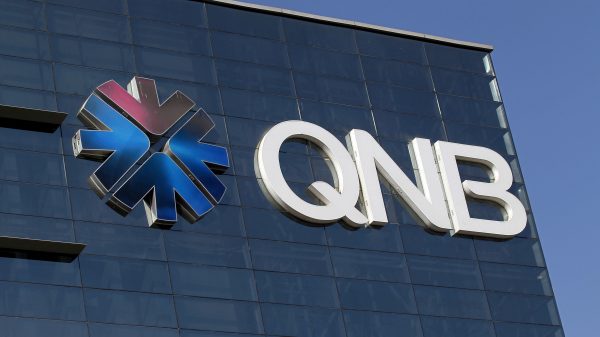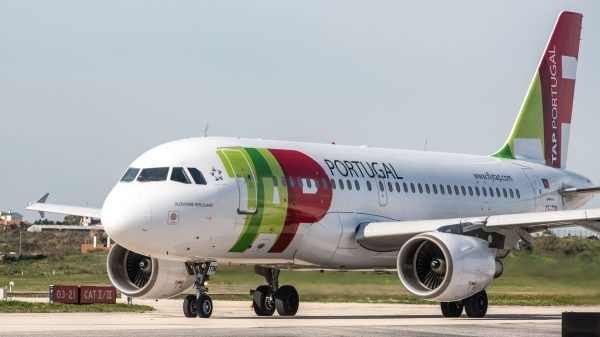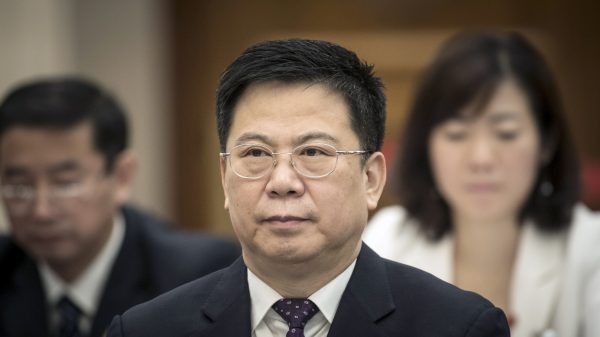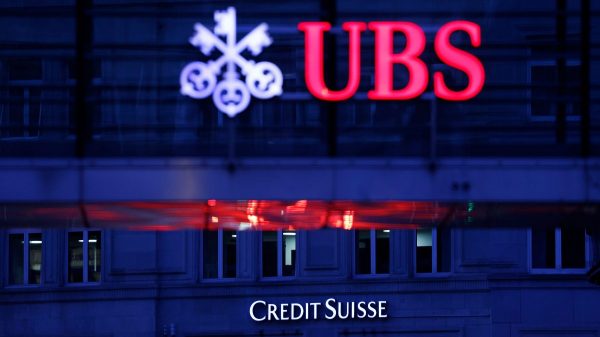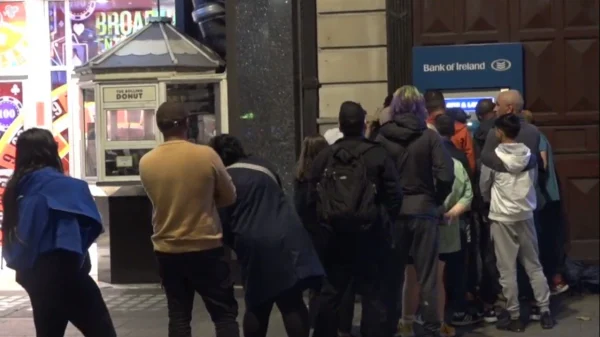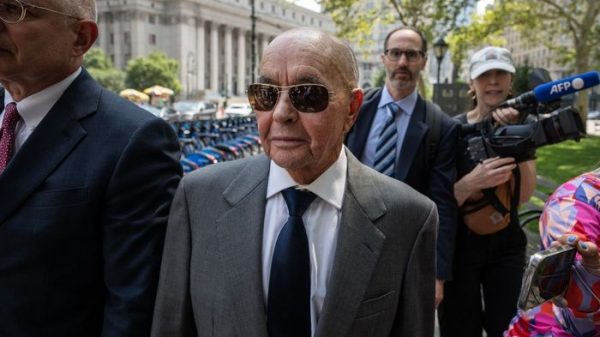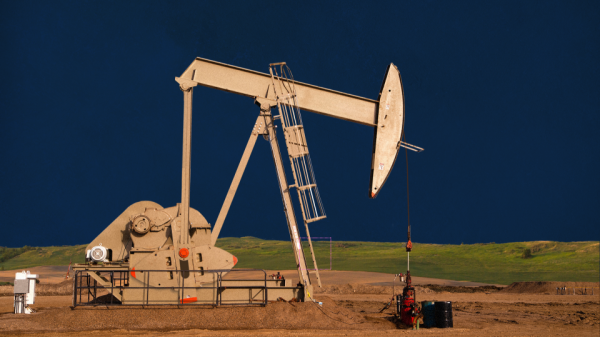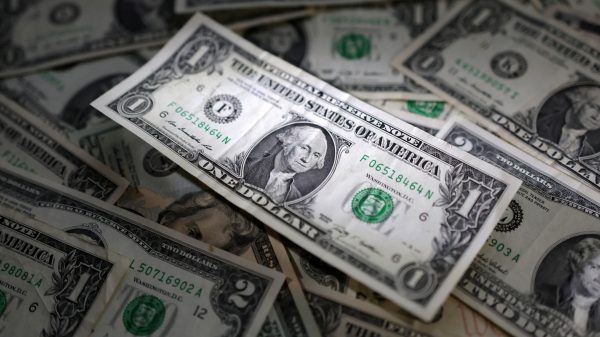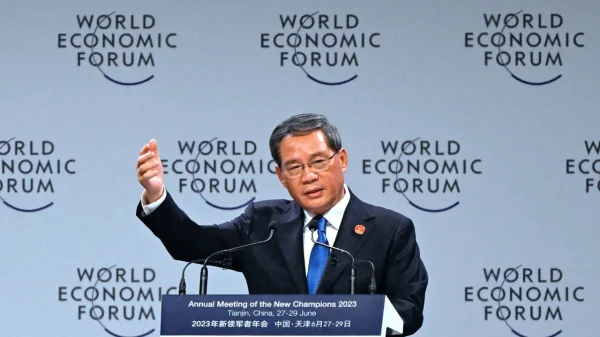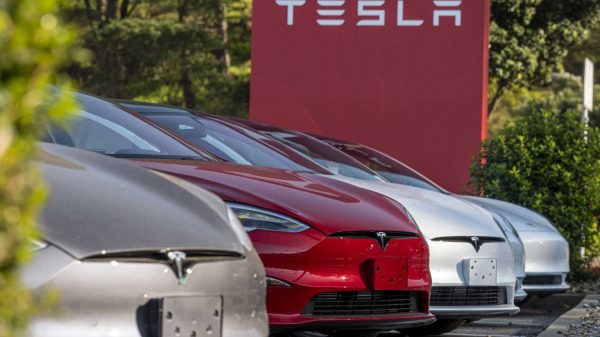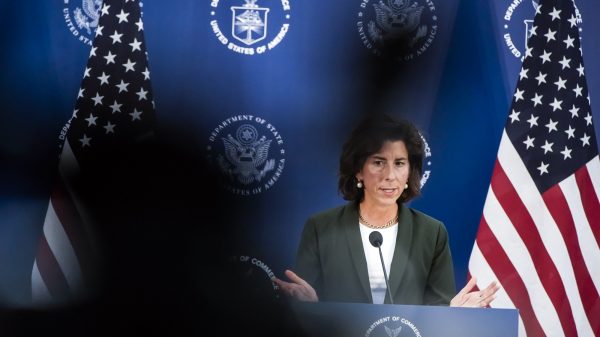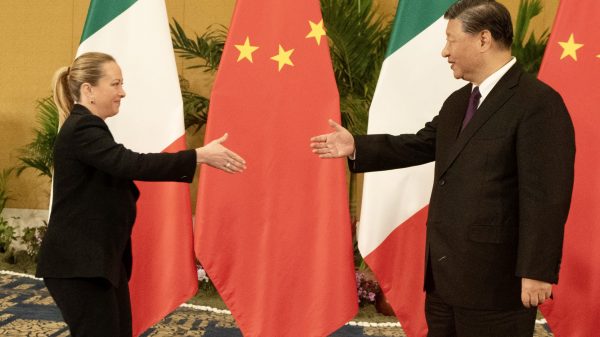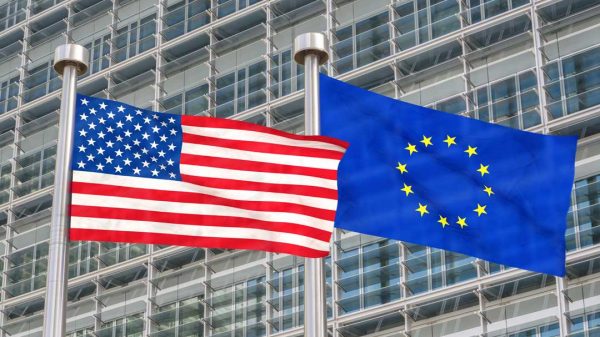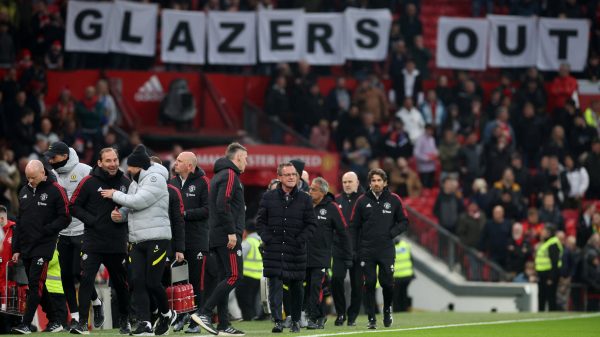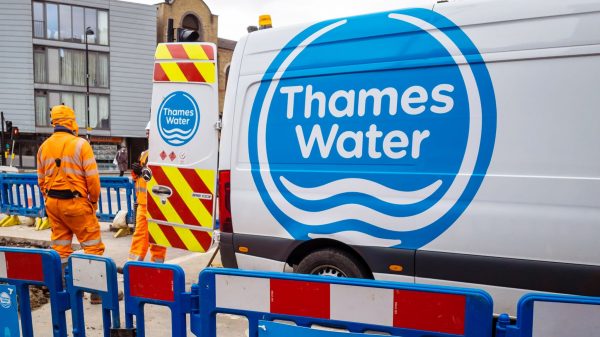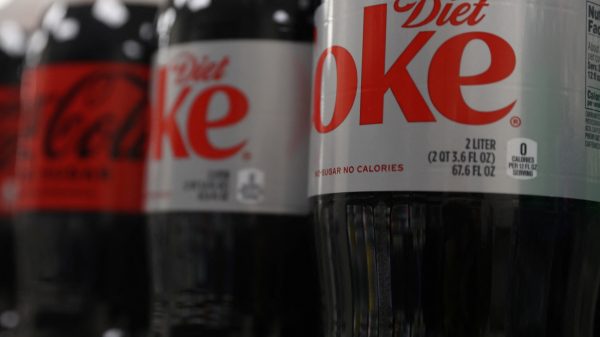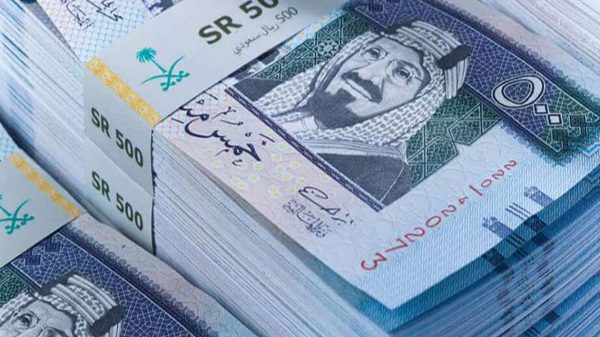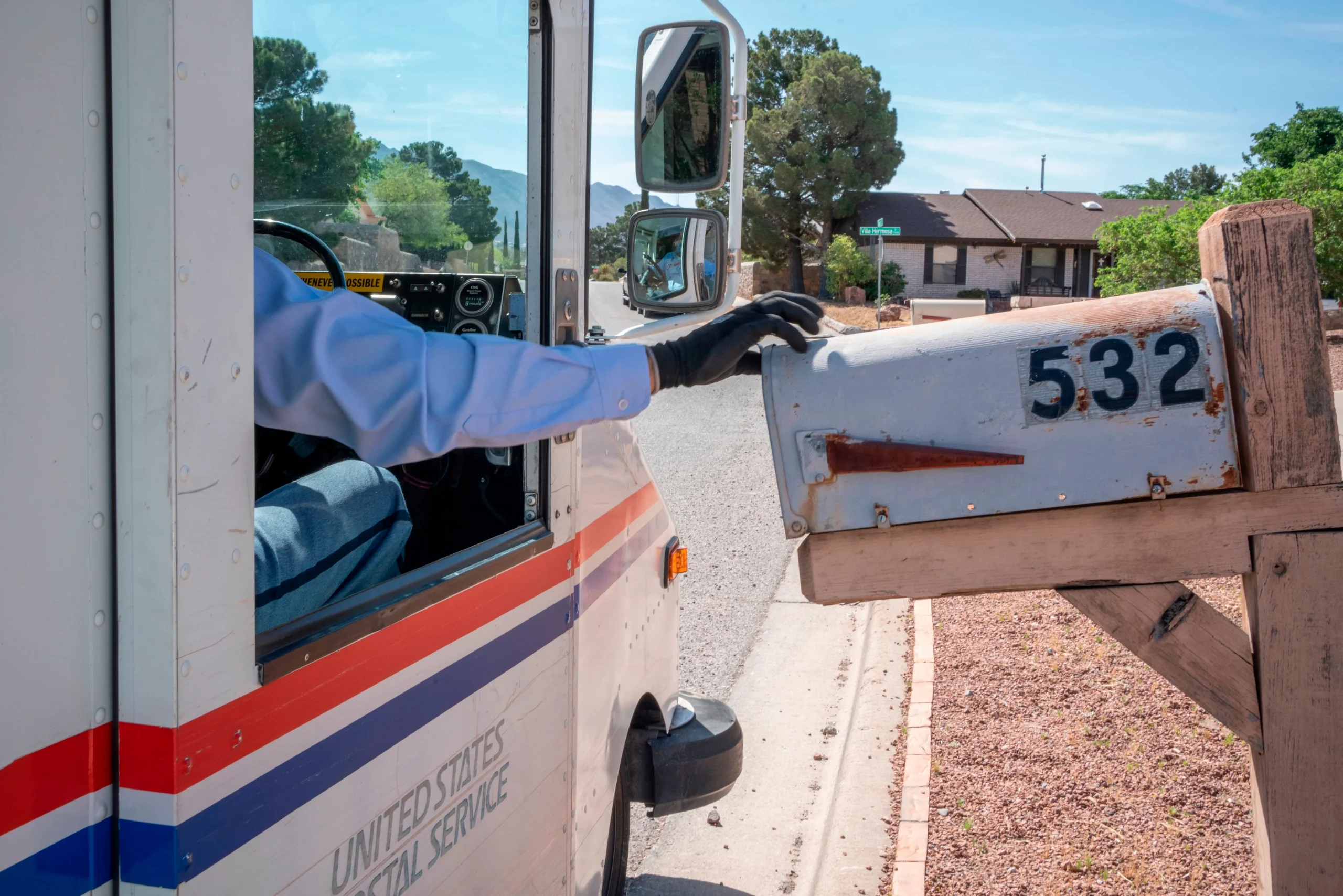BNR – The United States Postal Service (USPS) raised the cost of first-class letter stamps from $0.63 to $0.66 on Sunday. This is the most recent in an array of price hikes aimed at mitigating inflation pressure and dwindling first-class mail volumes. In January, the USPS raised stamp costs from $0.60 to $0.63. Following clearance from the Postal Regulatory Commission, the Postal Service raised total first-class postal costs by 5.4% on Sunday.
Postal Hikes Needed for Revenue
Stamp costs have increased by 32% since the beginning of 2019 when they increased from $0.50 to $0.55. According to the USPS, these price hikes are required to supply the Postal Service with much-needed income.
The most profitable postal class is first-class postal mail, which is used by the majority of individuals to send mail and pay their bills. It makes up $24.2bn, or 31%, of the overall USPS income of $78.8bn in 2022.
After receiving financial assistance from Congress in April, USPS decreased predicted loss through 2031 by over 50%. By doing so, it initiates regular price increases and implements positive changes.
Long-Term Plan: Increased USPS Income By 2031
The USPS is increasing stamp costs twice a year. Furthermore, it anticipates that its new price approach would produce an extra $44bn in income by 2031.
In April 2022, President Joe Biden signed legislation giving USPS $48bn in aid over a period of ten years. The legislation obliged future retirees of the USPS to enrol in a government health care plan.
The USPS has requested accounting modifications for retirement contributions from the current US administration.
The contributions would remove amortisation payments, saving the USPS between $2bn and $3bn every year. They will also save the service a maximum of $34.6bn over the next decade.



